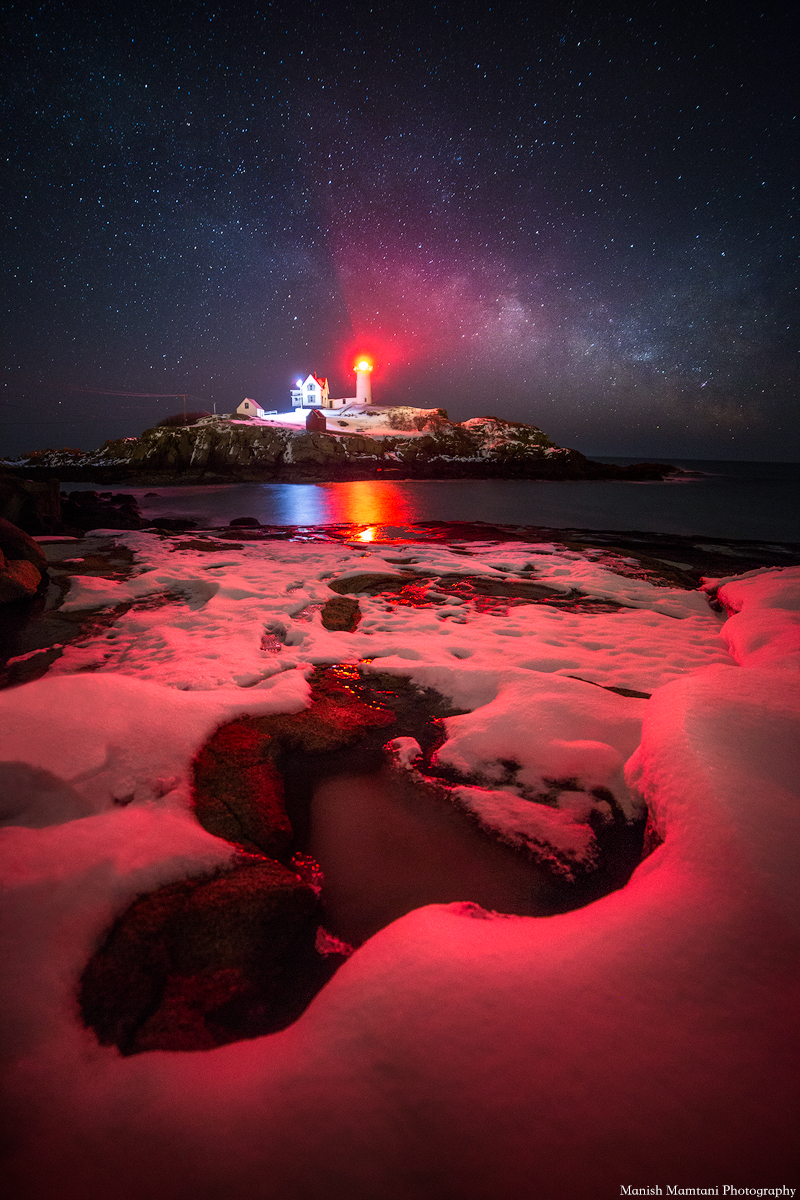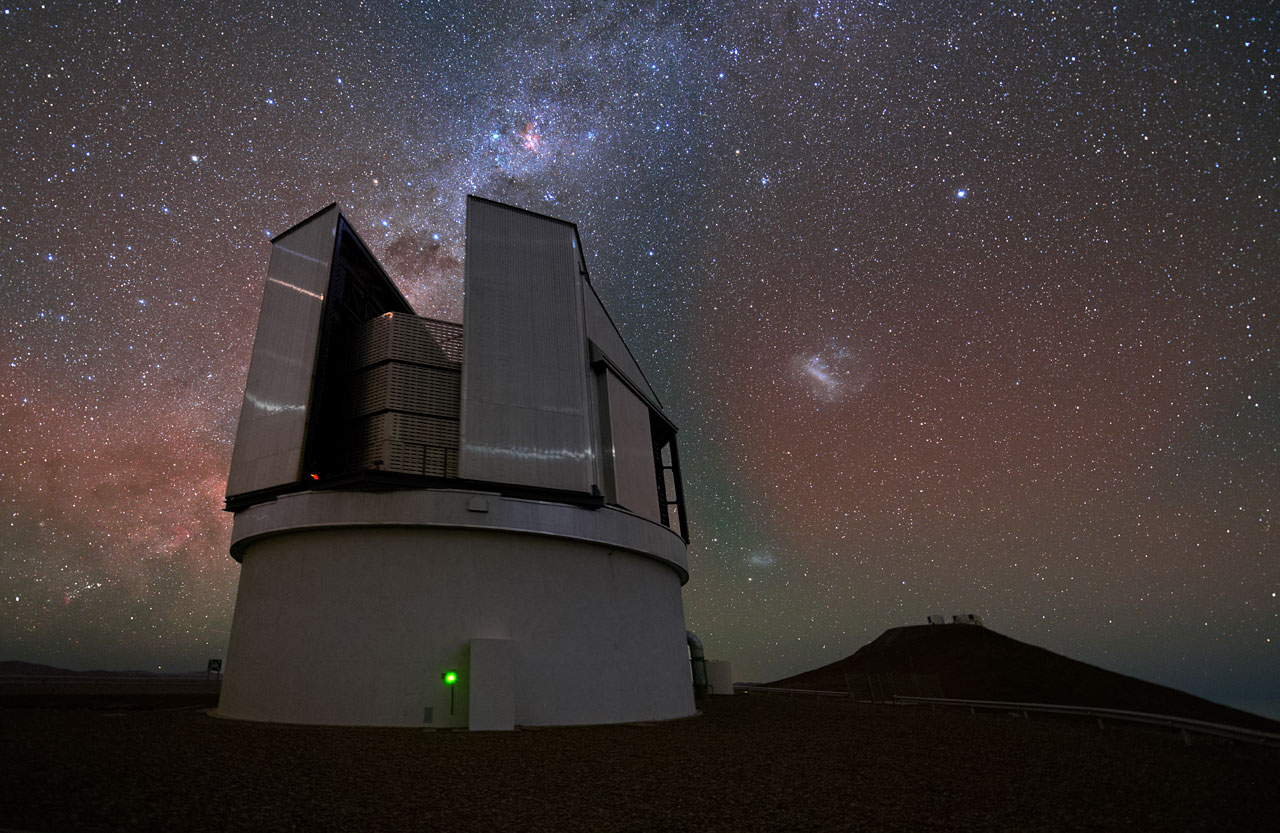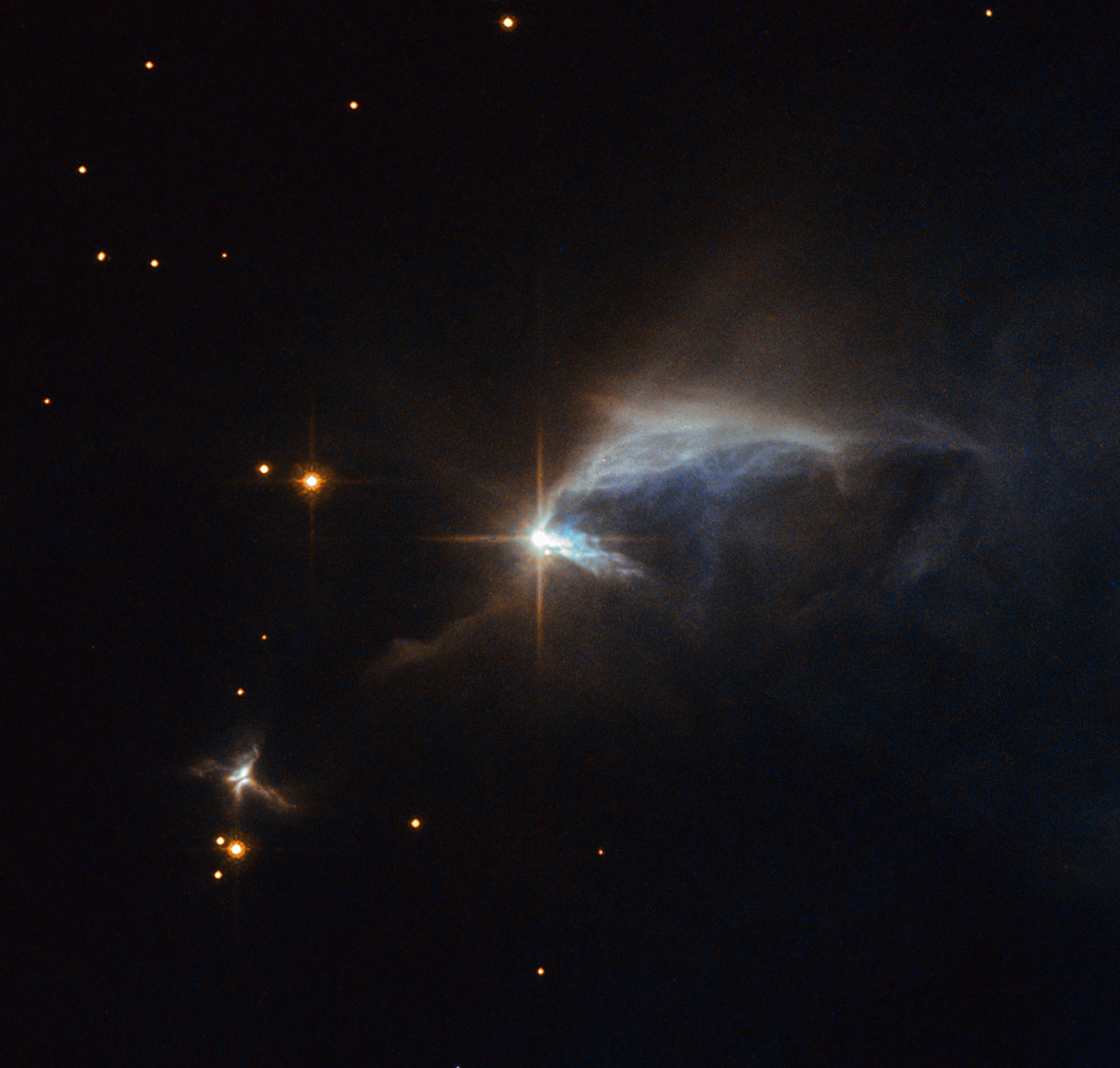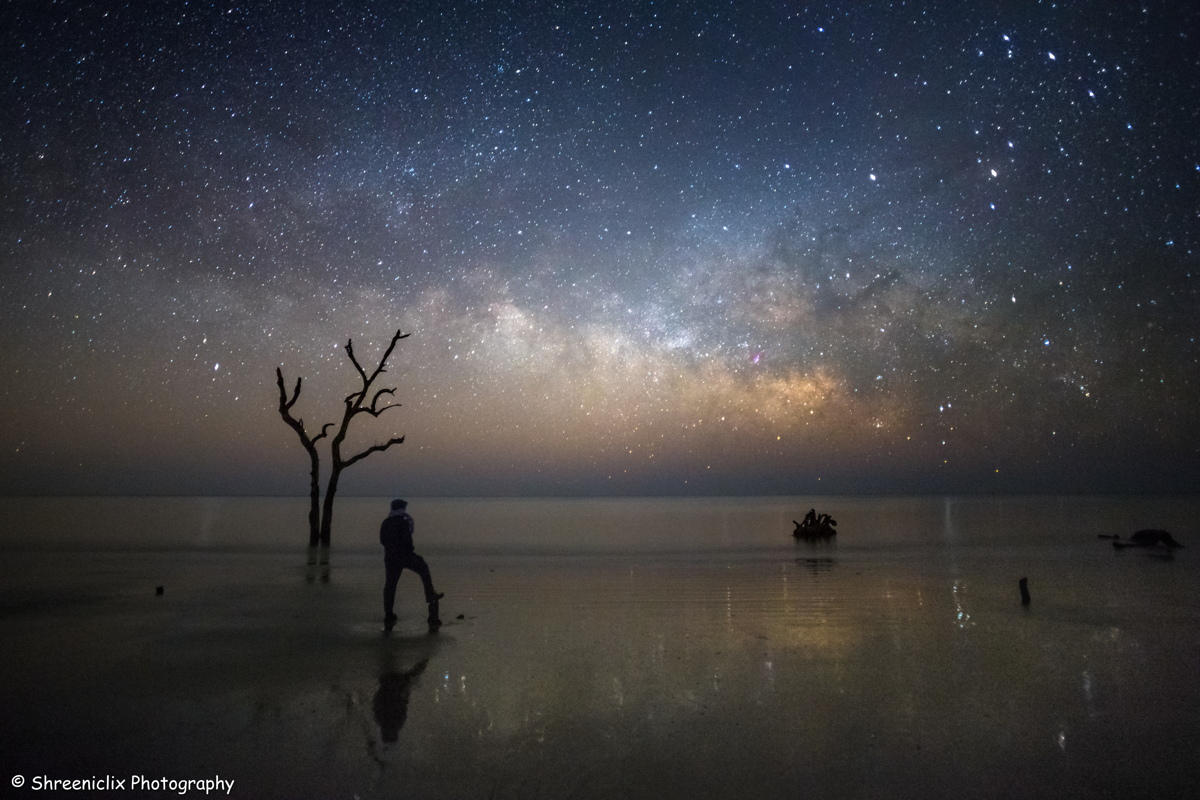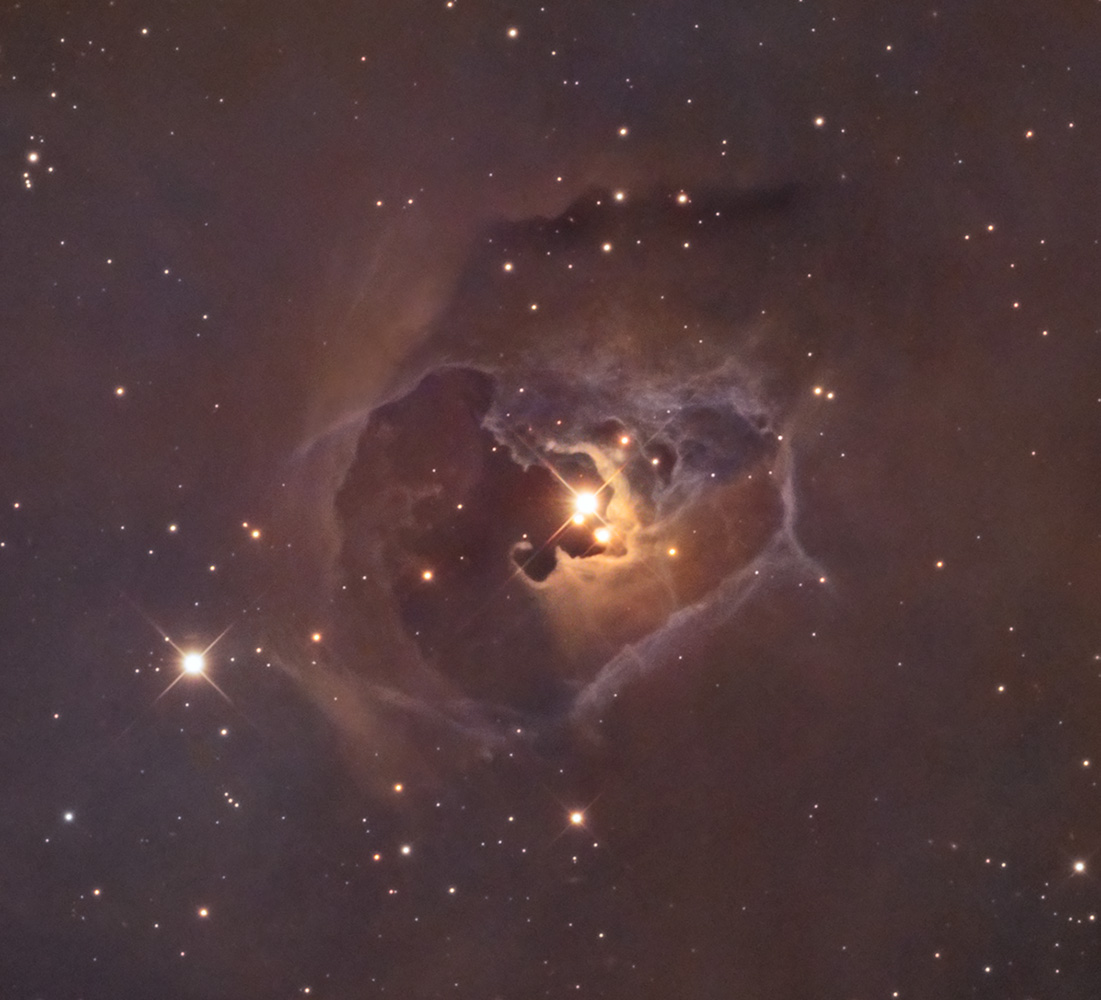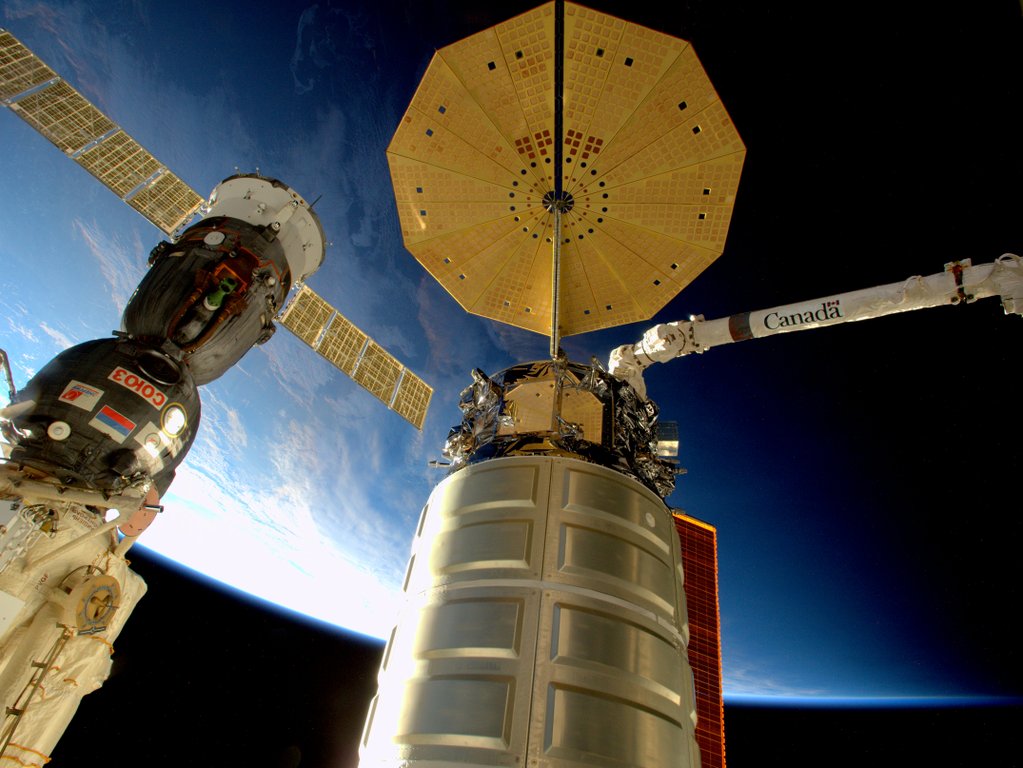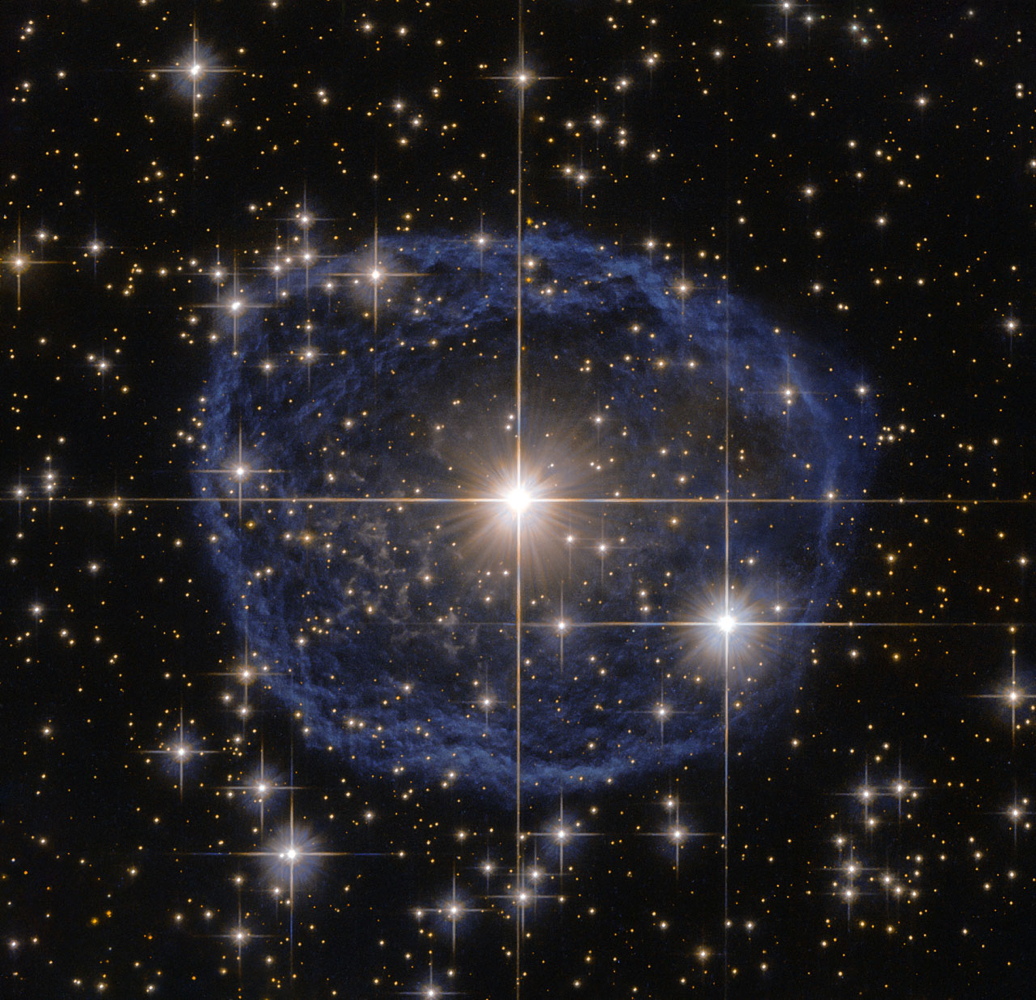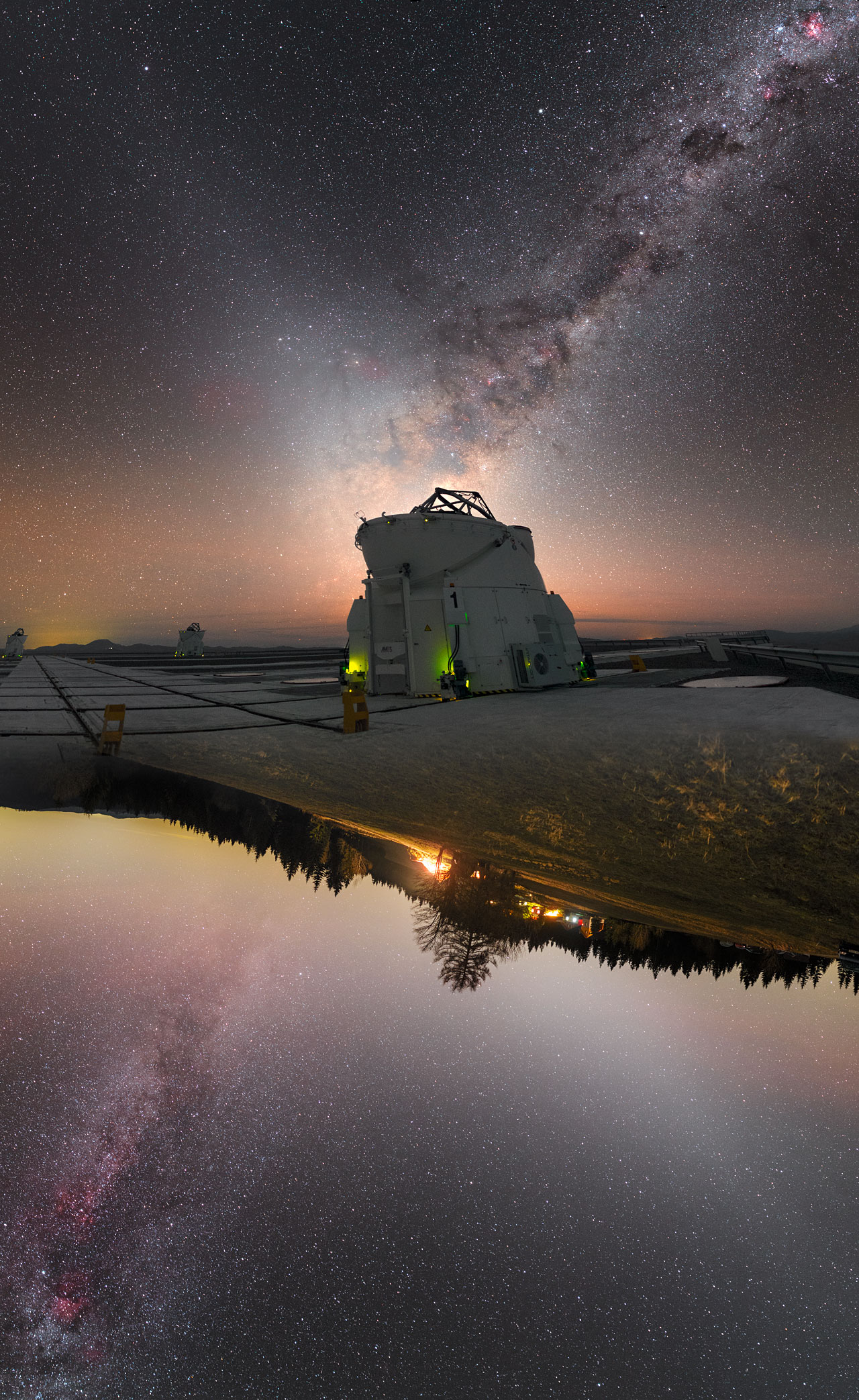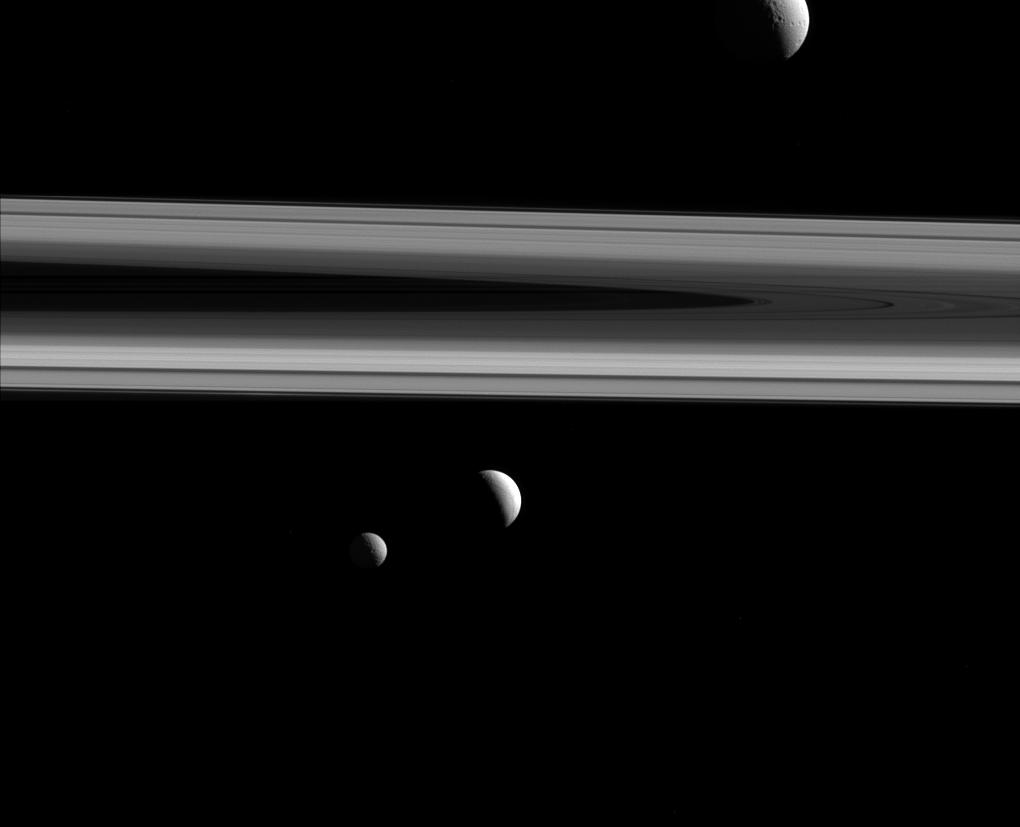Space Image of the Day Gallery (February 2016)
Out Under the Winter Sky Stars Come Trembling on My Eye
Monday, Feb. 15, 2016: Astrophotographer Manish Mamtani caught a wintry scene of the Milky Way over Nubble Lighthouse in Maine on Feb. 7, 2016. He notes in an email message to Space.com that it was his first Milky Way shot of the season. Also he says: “Winter storm Lexi dumped a lot of snow in the northeast, and I took advantage of that to capture this winter Milky Way.”
— Tom Chao
Buena VISTA
Tuesday, Feb. 16, 2016: European Southern Observatory’s (ESO) VISTA survey telescope stands at the Paranal Observatory in Chile. VISTA ― the Visible and Infrared Survey Telescope for Astronomy – operates at near-infrared wavelengths and is the world’s largest survey telescope. ESO’s Very Large Telescope (VLT) facility stands on the mountaintop at the right. In the night sky, the Milky Way stretches from lower left to top right. Above and slightly to the left of the VLT a diffuse blob glows: the Large Magellanic Cloud (LMC), a dwarf galaxy. Below and to the left of the LMC, the Small Magellanic Cloud (SMC), also a dwarf galaxy, also shines. Image released Feb. 15, 2016.
— Tom Chao
Nebula by Starlight
Wednesday, Feb. 17, 2016: Young star HBC 1 glows at the center of this Hubble Space Telescope image. Here, the star illuminates the wispy reflection nebula IRAS 00044+6521. Composed of interstellar dust, reflection nebulas do not emit visible light, but only reflect light from the stars embedded within them. Nearby stars do not ionize the nebula’s non-gaseous contents, as happens in brighter emission nebulas, but scattered starlight can make the dust visible.
— Tom Chao
You Bring Me Pure Bliss
Thursday, Feb. 18, 2016: Astrophotographer Shreenivasan Manievannan caught the Milky Way on Feb 13, 2016, in Hunting Island State Park, South Carolina. Manievannan writes in an email message to Space.com: “Bliss – cannot ask for more – a clear sky, a cold night, moisture clearing out right on time for the Milky Way rise, low tide coinciding with Milky Way rise, some amazing reflection[s] on the beach, and to top it off some great sportive company from my friends!! This scene portrays the state of mind we were in ... it is the pure bliss of being amongst nature and great friends.”
— Tom Chao
When a Fire Starts to Burn
Friday, Feb. 19, 2016: Adam Block, astrophotographer and manager of public programs at the University of Arizona SkyCenter, obtained this image of Herbig Ae/Be star V1025 Tauri from the SkyCenter in November-December 2015. V1025 Tauri is the brightest star at the center of the image, seen in the earliest stage of stellar evolution as it collapses to become a mature star. The nuclear fusion at the center of the star has begun, but does not yet have enough energy to blow away the dust clouds surrounding it. Block writes in his blog: “With wonderful shadow play, these clouds of dust present an intricacy and fragility that is testament to their ephemeral fate. On the timescales of stars this stage is extremely short-lived, and few examples look quite like it. It is a mystery as to why these kinds of stars are often born in multiple star systems.... The Taurus Molecular cloud continues to offer beautiful objects and I consider this image the most interesting one I have taken in years.”
— Tom Chao
Set Me Free
Monday, Feb. 22, 2016: An Orbital ATK Cygnus cargo capsule was released from the International Space Station on Feb. 19, 2016. It burned up in Earth's atmosphere on re-entry. ESA astronaut Tim Kopra tweeted this photo of the capsule on Feb. 18, still connected to the station by its Canadarm remotely controlled arm. Kopra wrote: “So grateful for the supplies from the #Cygnus cargo vehicle. All set for release tomorrow. @OrbitalATK.”
— Tom Chao
Shiny and New
Tuesday, Feb. 23, 2016: VSS Unity, the new SpaceShipTwo space plane by Virgin Galactic, was unveiled at an event in Mojave, California, on Feb. 19, 2016. The original SpaceShipTwo, which was called VSS Enterprise, was destroyed in October 2014 during a fatal test flight. [See our full story.]
— Tom Chao
Breaking space news, the latest updates on rocket launches, skywatching events and more!
Bubbling
Wednesday, Feb. 24, 2016: Wolf–Rayet star WR 31a (at center) lies about 30,000 light-years away in the constellation of Carina (The Keel). A blue bubble surrounds WR 31a consisting of a cloud of dust, hydrogen, helium, and other gases. This Wolf-Rayet nebula, as it’s known, forms when stellar winds interact with outer layers of hydrogen ejected by Wolf-Rayet stars, often forming ring or spherical shapes. The bubble, estimated at around 20,000 years old, expands at the extraordinary rate of around 137,000 miles (220,000 kilometers) per hour. Unfortunately, the life cycle of a Wolf-Rayet star lasts only (in relative terms) a few hundred thousand years. Image released Feb. 22, 2016.
— Tom Chao
Two Different Views
Thursday, Feb. 25, 2016: ESO Photo Ambassador Petr Horálek created a montage of two January night sky photos, the upper part taken at ESO’s Paranal Observatory in Chile, and the the lower part from Oravska Lesna, a village in Slovakia. The clever combination of images shows a lane of the Milky Way running from bottom left to top right. Forming an X-shape with the Milky Way, a diagonal line of zodiacal light also glows in the sky. Zodiacal light, usually very faint, arises from sunlight scattering from dust in the zodiacal cloud, which lies in the ecliptic. One of the Auxiliary Telescopes of ESO's Very Large Telescope stands at center. The lower image includes light pollution from Oravska. Image released Feb. 22, 2016.
— Tom Chao
Trio
Friday, Feb. 26, 2016: Saturn's moons Tethys, Enceladus and Mimas appear together in this NASA's Cassini spacecraft image. Tethys floats above the rings, while Enceladus sits just below center and Mimas hangs below and to the left. Cassini used its narrow-angle camera to obtain the image in visible light on Dec. 3, 2015. Image released Feb. 22, 2016.
— Tom Chao
